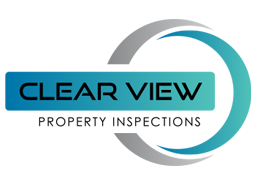Termite Inspection
In Sydney, termites are known as one of the most damaging pests due to their intricate life cycle, allowing them to inflict serious harm on buildings and properties. Termites can compromise the stability of buildings and homes by weakening their foundation. They can also cause extensive damage to wall frames, roof structures, bearers, and joists. Repairing this kind of termite damage can be quite costly, so taking measures to prevent these insects from infesting your property is crucial. View our termite and building inspection PDF reports here.
Call us on 02 8329 7997 today for an instant quote.
Annual Termite Inspections
We complete several types of termite inspections in Sydney.
In a rush? Send through an urgent building inspection request here.
Pre-Purchase Building Inspection
Pre-Sale Building Inspection
New Construction Inspection
Dilapidation Inspection
Termites are a homeowner’s worst nightmare because they are highly destructive insects that can go unnoticed for long periods, causing significant damage. Termite infestation is difficult to detect due to their subterranean nature and use of concealed entry points and mud tubes. They silently eat away at the insides of homes, often becoming noticeable only when substantial damage has already occurred.
Various methods of termite control are available to homeowners and businesses, including mechanical barriers installed around buildings’ exteriors to keep termites out and chemical treatments applied inside structures for protection against infestations.
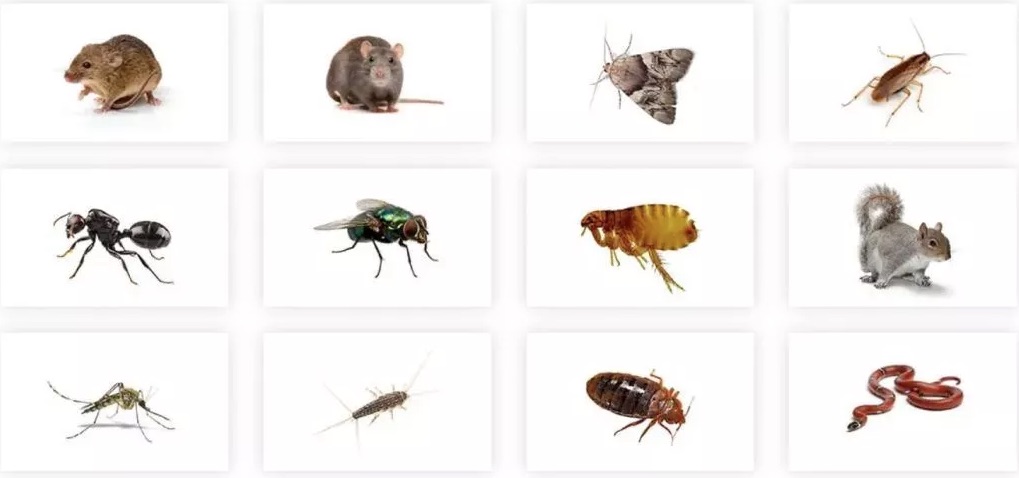
Homeowner’s worst nightmare: termites. Termite inspections are especially important for properties located in areas with high termite activity, such as humid climates or regions with a history of termite infestations.
The three main types of termites
Subterranean termites
Subterranean termites are the most widespread in Australia and are significantly destructive. These termites forage within the top 100mm of the surface, being drawn by dampness to seek out wood for food. Their potential damage exceeds that of other types of termite colonies; undetected, they can cause a home to collapse within a year as they continuously consume wood around the clock and reproduce rapidly.
Drywood termites
Drywood termites favour desiccated wood constructions such as deceased trees. Nonetheless, they will locate access areas into your residence, like the upper floor, and there usually exists a banquet awaiting them in that location! They will consume deckings, enclosures, entrance steps to verandas, windowsills and even furnishings.
Dampwood termites
These termites require moisture and wood to establish their colonies. In their natural habitat, they usually tunnel into damp decaying wood such as fallen trees and rotting stumps. Within a home, they will target moist wooden structures due to leaky pipes or water infiltration from rainfall. Like all termites, damp wood termites feed on the cellulose in wood to construct their nests.
Request a consultation from your building inspector. Contact us.
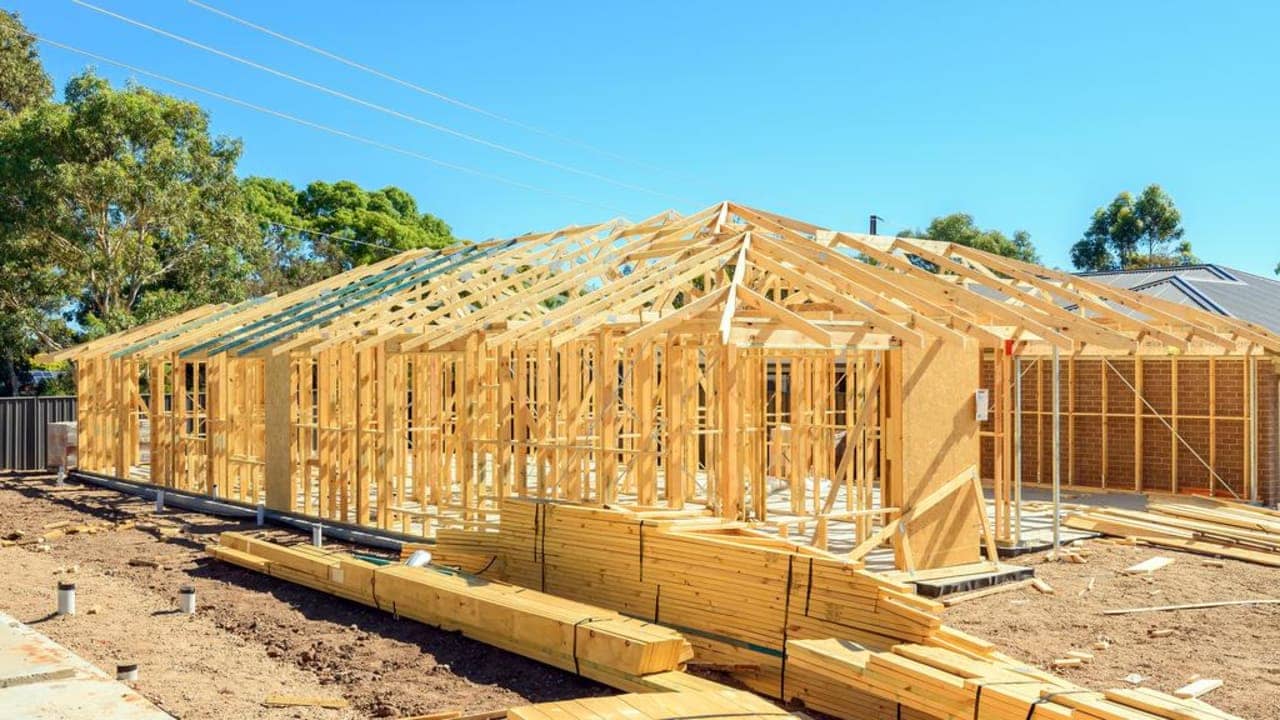
Homes have lots of structural wood, making it essential for a termite building inspection. During an annual termite inspection, trained professionals from Clear View Property Inspections will thoroughly examine your property for any signs of termite activity or damage.
Termite Inspections and Maintaining warranty
Termites pose a threat to both new and old homes, including those with termite barriers. These barriers are meant to expose termites from hidden entry points, making them visible during inspections. For newly constructed homes, it is important to have annual termite inspections in order to maintain the warranty on termites. Older homes face issues such as damp subfloors, poor ventilation, and undiscovered water leaks that can attract termites. With the knowledge that any home is a potential target for these insects, it’s essential to take all precautions necessary to protect your home from an attack.
An annual termite inspection is essential for every homeowner and recommended part of the Australian Standards to mitigate the risk and potentially save thousands of dollars in damage. Remember, home insurance does not cover termite attacks or damage. The frequency of termite inspections should be determined based on the climate and location of your residence, especially if you live in a bushy area like the Hills District and parts of the Northern suburbs, where inspections might be needed every six months rather than annually.
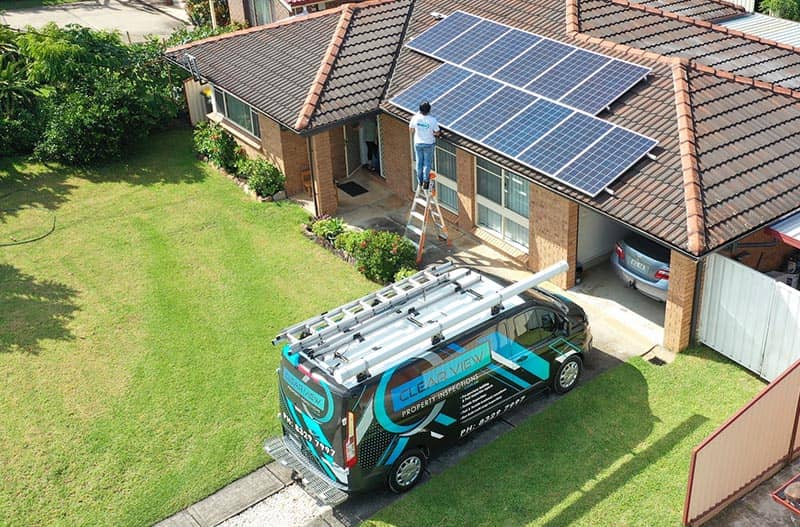
Termites, specifically dampwood termites, thrive in moist conditions and feed on wood to establish their colonies. With their ability to cause significant damage to properties, it is crucial for homeowners to stay vigilant and proactive in protecting their homes from termite infestations.
Termite Control
Termite Barriers
One of the most effective methods to protect your home from termites is by installing a termite barrier during construction or after. Its purpose is to prevent termites from entering your home, functioning as insurance against termite infestation if regular inspections by a qualified technician are maintained. The technician will determine the frequency of property visits for termite inspections. These inspections are crucial because termites can cause significant structural damage to homes and buildings.
If your household is affected by termites, it’s essential to first eliminate the infestation and then establish a termite barrier for ongoing protection. Without this safeguard, your property remains vulnerable to future termite threats as new colonies may find their way into your home through existing underground tunnels. Once established inside, they can start a new infestation at any time. After experiencing termites once, homes are highly prone to repeated attacks.
Termite Prevention
To effectively deal with termites, it’s important to consider installing a termite prevention system. Generally, reinfestation may not occur immediately after treatment; it could take up to six months or even years. Cutting costs on termite protection by forgoing a barrier can lead to potential issues in the future. Regular termite inspections are crucial post-eradication and are usually recommended by technicians annually, semi-annually, or even every three months. Additionally, an annual inspection is advisable if neighbouring properties have had confirmed termite cases because termites can travel up to 50 meters from their colonies, posing a risk to nearby homes as well.
Request a consultation from your building inspector. Contact us.
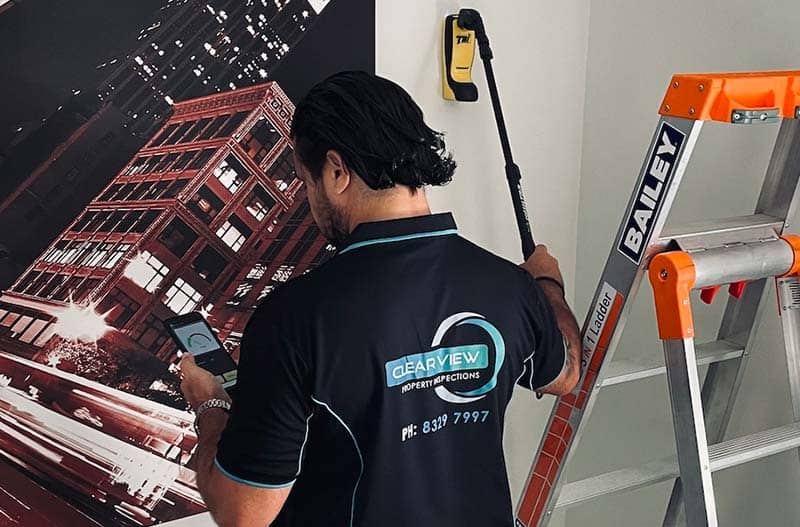
We will come to you with the only detection tool available that can precisely detect termites without the penetration of walls, floors or ceilings.
Termite Inspection Process
Structural Inspection
A termite inspection involves visually examining all timber structures, the garage, roof void, sub-floor, every internal room of the house, the exterior of the building and fences within property boundaries. For properties on acres, the boundary inspection zone is around 30 meters around the home.
The termite inspection excludes furniture and stored items. It’s important to note that if an area cannot be accessed by the inspector due to obstacles or safety concerns like in roof void and subfloor areas then it will not be inspected.
TermaTrac Device
During the termite inspection, the inspector may use special equipment like a TermaTrac to detect movement between walls without causing damage. If movement is detected and termites are suspected, a more invasive inspection may be recommended. This could involve cutting through the plasterboard or drilling holes for further investigation. It’s highly encouraged to proceed with this recommendation in order to prevent any potential worsening of the problem over time. If active termites are found, then you will need to treat the termites with a baiting program. Termite baiting can take 4 to 12 months to eradicate a termite colony.
Request a consultation from your building inspector. Contact us.
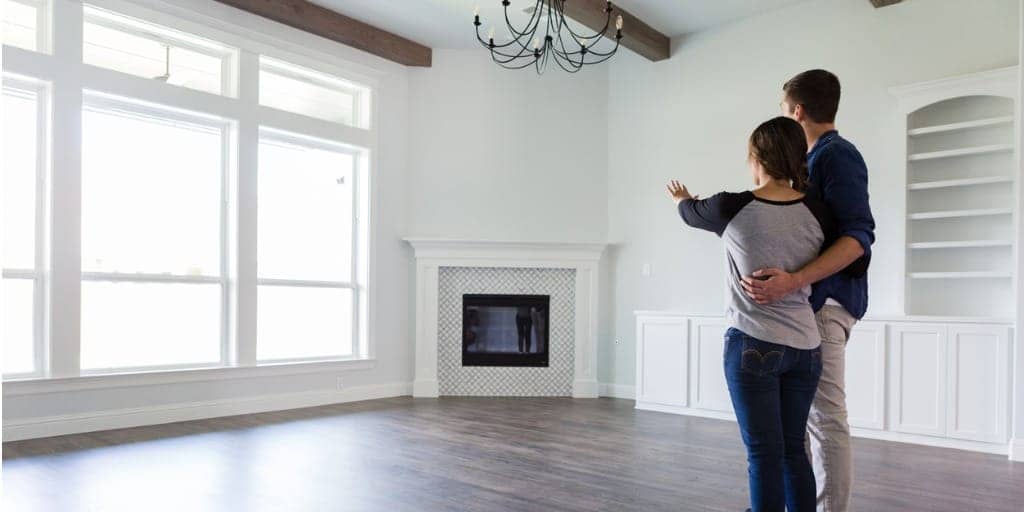
Clear View Property Inspections understands the importance of annual termite inspections in maintaining the integrity of your property. By conducting thorough inspections, our trained professionals can identify early signs of termite activity, such as mud tubes, damaged wood, or discarded wings.
Inspection Budget
A termite inspection is always necessary. It should be done annually to keep your home safe and potentially save money in the long run. Annual inspections cost between $250 – $450, while treatments can range from $2000 to $4000 for eradication and prevention. Repair costs after a termite infestation can go up to $10,000 for minor repairs or even require rebuilding for major damage. Based on the estimates, it’s clear that opting for annual termite inspections to prevent or catch infestations early will end up costing much less than the potential repair costs and associated stress.
Checklist for a termite inspection
Before your termite inspection:
- Move furniture and items away from walls.
- Ensure roof void access.
- Avoid stored items against the building that blocks visual inspection.
- Trim back hedges or plants covering walls.
- Ensure safe access to the roof void and subfloor for the inspector.
Roof Void Access
To get the most out of your termite inspection, ensure safe access to all areas of the home for the inspector and remove any obstacles in their way. There must be clear access to the roof void without any blockage at the manhole and with sufficient manholes to access the entire cavity. Additional manholes can help combat restricted inspection areas caused by AC units or ducting.
Water Leaks
The inspector will use a moisture meter device against the wall to detect any evidence of high moisture. Shower leaks or plumbing issues could cause this and is important to check as termites are attracted to high moisture. If moisture is detected, the inspector will further investigate using a thermal camera or TermaTrac device for signs of termite presence between walls.
Blocked Access
To help the termite inspector work efficiently, clear furniture and boxes away from the walls before their arrival. It’s important to move bookcases or movable cupboards in front of a wall, especially behind a bathroom or laundry wall, to allow inspection for termites attracted by moisture. If any walls are blocked by furniture, they won’t be able to inspect them.
Do not forget to clear many obstructions around the home for the termite inspection. It’s surprising how much damage termites can cause, so ensure access inside and outside is available. Subfloor inspections are crucial since termites enter via this route most of the time; make sure there is clear access for visual inspection.
Existing Termites
If you find termites on your property, do not touch or disturb them. Contact a reputable termite inspection company to inspect the area of concern and the entire home. The inspector will provide a treatment proposal outlining the process, time frame, and costs for managing the termites. Be patient when scheduling an inspection; waiting for up to a week will not significantly increase damage by termites. Choose your inspection company carefully as they are likely to be responsible for treating the termites – it’s important to select a reputable firm rather than simply choosing based on price.
Request a consultation from your building inspector. Contact us.
